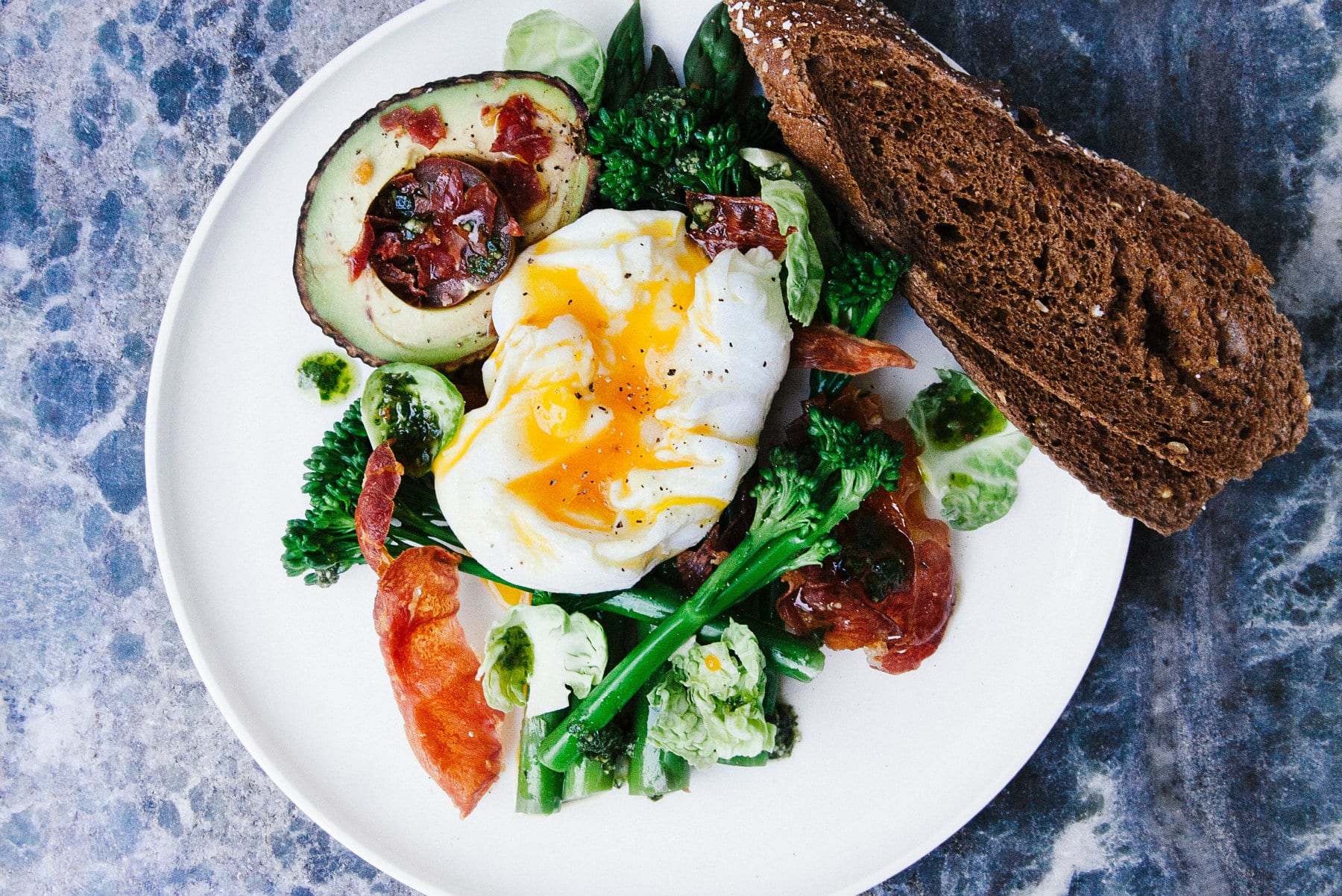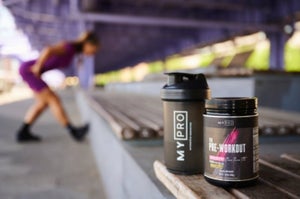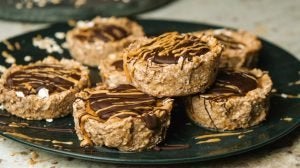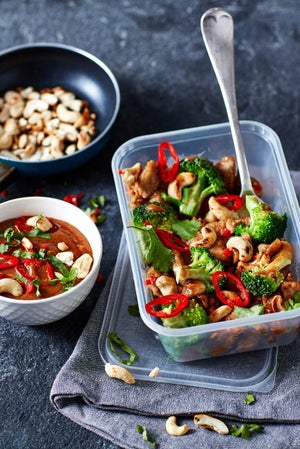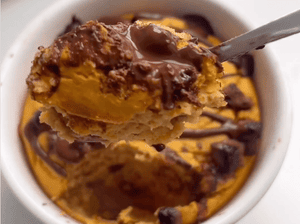
Did you know that serious exercise, along with wounds and bouts of illness can cause those healthy levels of glutamine to drop?
If you’re shrugging your shoulders (especially whilst holding weights) then you should know that glutamine helps to boost your body’s immune system, along with speeding up your body’s ability to recover from injuries. This includes muscle recovery after a hard workout, with glutamine also helping to prevent muscle loss.
So if you have been ill, injured or are routinely engaging in strenuous exercise, it is high time you take a look at how you are replenishing those important glutamine levels. The first place you should be looking is in your primary dietary sources.
1. Eggs
Perfect for breakfast and boiled for a midday snack, eggs are good for just about everything. If you’re looking for a solid source of glutamine to start your day, get your egg whites – preferably free range and organic so they’re not full of unnatural, unnecessary hormones.
2. Nuts
You know already that nuts are a great snack for protein and the good kind of fats, but now you know they’re also a top source of glutamine, of which there is an abundance in nuts.
They’re not just for grazing, either. You can add them to salads, rice, bakes and cereal, and there’s slim chance of getting bored of them when they come in such a broad variety.
3. Meat
Meat is an excellent way to get the protein that you need, and chicken and beef are equally a good place to fulfil your glutamine requirements. Red meat has its disadvantages, particularly when it comes to your heart health and cholesterol, but chicken will give you all the glutamine you could want. Many speculate that grass-fed animals are the best source for glutamine- filled meat.
4. Seafood
Seafood is up there with grass-fed meat when it comes to glutamine for non- vegetarians. Hit up mussels, crabs and shrimps to get your fill, but mostly be on the lookout for freshwater fish, which is said to contain the highest levels of glutamine.
5. Milk
As with meat, the grass-fed variety of milk is known to be the best kind for glutamine. It also encourages the production of glutathione, which is an effective antioxidant. Milk’s calcium content is good for your bone – not to mention the many vitamins available for the taking in milk throughout the day.
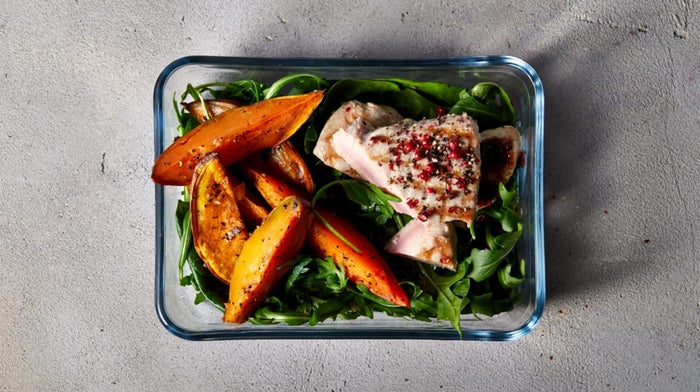
6. Beans
As well as a great source of fiber, beans are known to aid in recovery following an injury. This is due to beans’ high level of glutamine, of course. Your best choices include kidney beans and soybeans, which are both diverse beans that may be added to all manner of healthy recipes.
7. Ricotta cheese
Ricotta cheese is made by combining citric acid or lime juice with milk, which in turn ends up as whey protein. Ricotta cheese is a good source of glutamine, and can be utilized in many ways, not to mention tasty in everything from salads to healthy wraps for your lunch and dinner.
8. Dark leafy greens
There’s not much that dark leafy greens can’t do for you. Friend to meat eaters, veggies and vegans alike, dark leafy greens like spinach, kale, lettuce, radish greens, and cilantro are great sources of glutamine, which can help you to fight regular fatigue while strengthening your immune system.
9. Red cabbage
It is not just green leafs that are good for you. Red cabbage is also equally well known as a glutamine-rich vegetable, meaning that it is good for your overall health as well as your muscles after a workout.
10. Yogurt
Yoghurt is good for your digestion due to the good bacteria it provides your belly. It is also great for glutamine when it comes from a natural source that avoids preservatives. It’s not just for sweets, either, by adding it to a salad with nuts, you’ll be getting all the glutamine that you need.
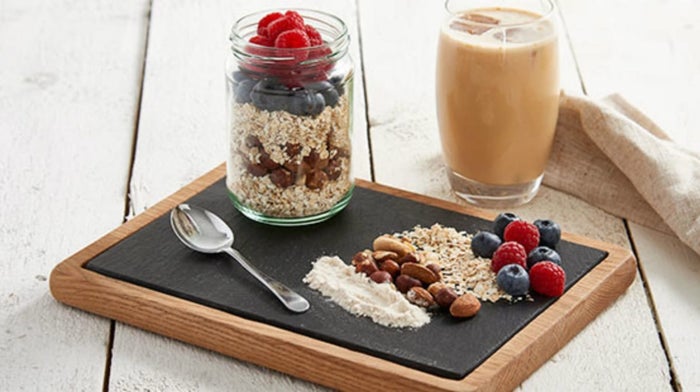
11. Protein drinks
Protein shakes are an excellent and crucial way of getting the protein your body needs at short notice, such as following a workout. Whey protein drinks are also filled with amino acids and come with a high serving of glutamine with each shake, helping you to recover and rebuild after a difficult workout.
12. Parsley
We’ve not mentioned trimmings yet, so if you’re looking for a herb to add flavor to all kinds of meals, look no further than parsley for its source of vitamins, fiber and glutamine content.
13. Offal
Pronounced the same as ‘awful’ it is anything but when it comes to a top source and lesser-known source of glutamine.
14. Asparagus
You can make the most of both white and green asparagus’ glutamine to prevent the loss of muscle and lessen the amount of time it takes for you to recover.
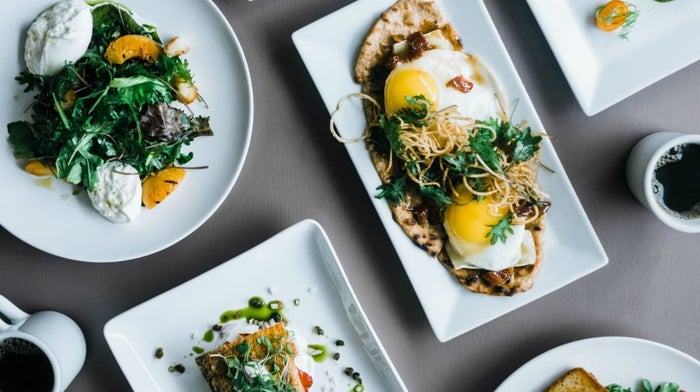
Take home message
Glutamine can be found in many dietary sources, and it is highly recommended that you keep one eye open for it in at least one meal a day to reap the following benefits as glutamine can:
- Improve the health of your digestive tract;
- Assist your body in producing glutathione, a powerful antioxidant;
- Maintain the pH balance in your body
- Help to maintain muscle mass.
Our articles should be used for informational and educational purposes only and are not intended to be taken as medical advice. If you're concerned, consult a health professional before taking dietary supplements or introducing any major changes to your diet.

Alice Pearson is a UKVRN Registered Associate Nutritionist and UK Anti‐Doping accredited advisor, having obtained a Bachelor’s of Science in Nutrition and a Master’s of Science in Sport Nutrition. She has a specialist interest in the use of sports supplements for improving health, fitness, and sport performance. Alice has experience working with both amateur and elite athletes, including providing nutritional support to Tranmere Rovers FC and Newcastle Falcons Rugby Club. Her nutritional guidance is always supported by evidence‐based research, which she keeps up to date through continuing professional development and independent learning. In her spare time, Alice loves travelling, hitting the gym, and getting stuck into a good book. Find out more about Alice's story here.
